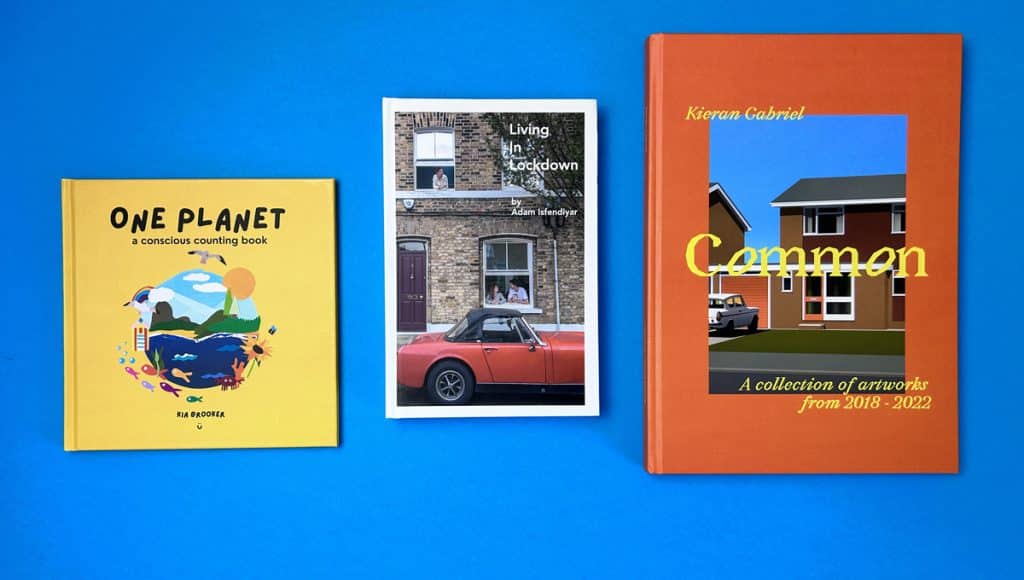Table of Contents
Introduction to Hardcover Books
The Aesthetic Appeal of Hardcover Books
Durability and Longevity
Hardcover Books in Education
Hardcover Books for Collectors
Environmental Considerations
Cost vs. Value
Future Outlook
Introduction to Hardcover Books
Hardcover books have long been a staple in the publishing world, renowned for their robust construction and
elegant presentation. From their origins in medieval times to their prominent role in modern libraries and
personal collections, hardcover books exemplify how traditional publishing has persisted amidst rapid
technological advancements. The ongoing demand for hardcover book printing reflects their continued
significance not only as vessels of knowledge but also as objects of art.
There’s an unmatched allure to flipping through the pages. The tangible and weighty
presence captures a reader’s attention in a way that digital formats often can’t replicate. This physical
interaction creates a sensory-rich reading experience, transforming reading from a simple act into an enjoyable
ritual.
The Aesthetic Appeal of Hardcover Books
One cannot overlook the visual allure that bring to the table. Their heavy-duty covers support
intricate designs and illustrations, which are often complemented by embossed lettering and satin finishes. This
leads to their use not just as reading materials but as decorative artifacts that hold decorative power in both
personal and public settings.
Many homeowners and designers purposely incorporate hardcover books into their space as design elements.
They bring warmth and character to rooms, showcasing personal taste and intellectual curiosity. Additionally,
collectors often delight in the charm and historicity of older editions, making them both conversation starters
and pieces of nostalgia.
Durability and Longevity
When it comes to resilience, hardcover books consistently outshine their softcover counterparts. Their hard
outer binding shields the pages from damage, and such robustness is a major reason why many lasting works
are published in this format. The structural integrity of hardcover books ensures they remain in good condition
over decades or even centuries, making them a wise choice for tomes intended to be handed down through
generations.
The enduring popularity of hardback books is a testament to this, highlighting the intricate craftsmanship and
quality of materials that contribute to their long-lasting nature. Hardcover books serve as a testament to the
notion that quality materials and thoughtful construction are both invaluable to preserving the written word for
future readers.
Hardcover Books in Education
In academic settings, hardcover books have carved a niche due to their practicality and durability. They are the
champions of libraries, frequently selected for core texts and reference materials that see heavy usage.
Employing hardcover books in schools provides students with reliable resources that can withstand the rigors
of everyday handling. These books not only endure physical wear and tear but also maintain their physical and
educational value over time.
Furthermore, owning a tangible book can enhance a student’s focus and engagement during study sessions.
Since stand the test of time, they become all the more valuable in an educational system that
relies on durable and reusable resources to outlast trends in digital misinformation and fleeting online content.
Hardcover Books for Collectors
For bibliophiles, hardcover books hold an esteemed place due to their collectibility and intrinsic value. The
pursuit of rare and first-edition hardcovers offers enticement that few other collectibles can rival, with
enthusiasts often willing to pay a premium for pristine editions. This demand underpins a thriving market where
preserving the book’s original condition is paramount.
Collectors often treasure their hardcover collections as an expression of personal identity and historical
interest. Resources like Collecting Modern First Editions offer insights into this world, providing useful advice on
maintaining the integrity of these precious items. Proper storage and handling, combined with knowledge about
the book’s history and provenance, add layers of enjoyment and investment potential for committed collectors.
Environmental Considerations
Modern readers are increasingly concerned about the environmental impact of their book consumption habits.
The world of responding in kind, with publishers embracing more sustainable approaches to
production. From using recycled paper and eco-friendly inks, sustainability efforts in hardcover book production
aim to minimize ecological footprints.
However, the debate regarding hardcover versus digital books in environmental terms continues. While e-
books eliminate the need for paper, the electricity usage and waste generated by electronic devices present
their own challenges. Finding a balance between tangible and digital reads and ensuring eco-friendly material
practices are adopted is -key to satisfying the environmental consciousness of bibliophiles today.
Cost vs. Value
Although hardcover books are often seen as a more expensive choice compared to paperbacks, their added
cost is matched by the value they offer. Their premium nature, enhanced durability, and aesthetic appeal
collectively justify the higher price. Readers who consider long-term value may find to be
more economical, especially when they become admired staples within personal libraries or family heirlooms.
This added value is manifold, encompassing the sensory pleasure of interacting with a physical book, the visual
pleasure of owning a beautifully bound volume, and the intellectual pleasure of preserving knowledge in a
tangible form that retains lasting significance.
Future Outlook
The future of looks optimistic, with innovations in bookbinding and design continuously
converting them into coveted cultural artifacts. Publishers are exploring limited edition releases that blend
modern artistry with traditional techniques, appealing to collectors and newcomers alike.
Technology is also finding its way into , allowing for a more interactive experience by
incorporating digital elements like augmented reality. This melding of old and new represents a promising
experiment in keeping the charm of hardcover books alive amid changing technological landscapes. Ultimately,
the hardcover book remains an icon of literary and artisanal mastery, ready to adapt while maintaining its
fundamental essence.

